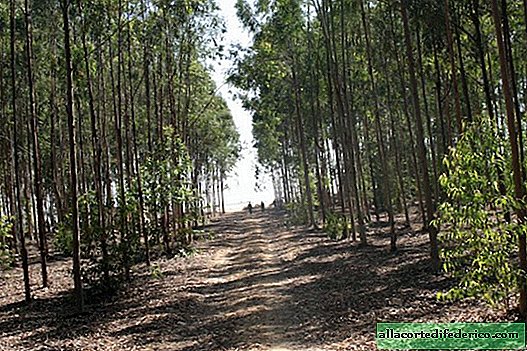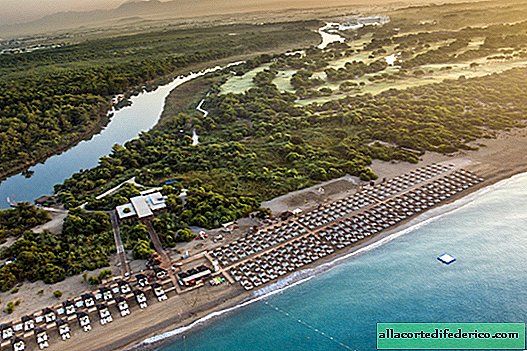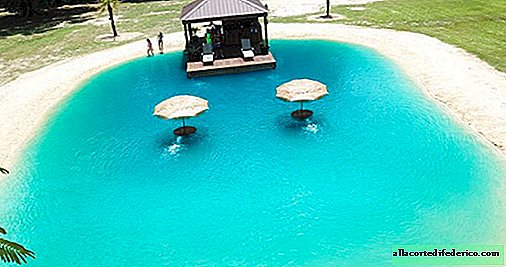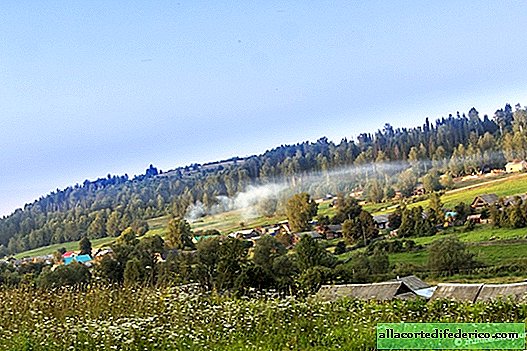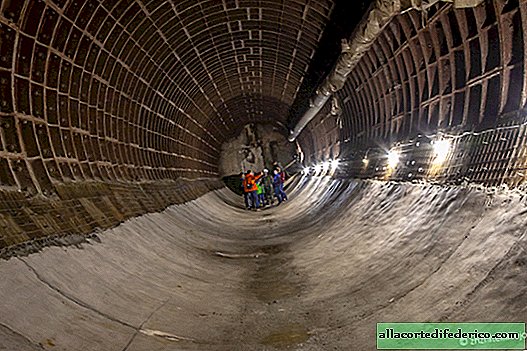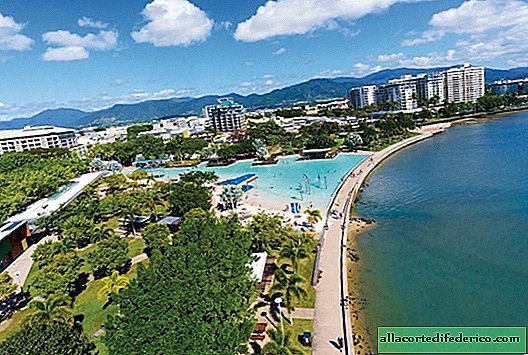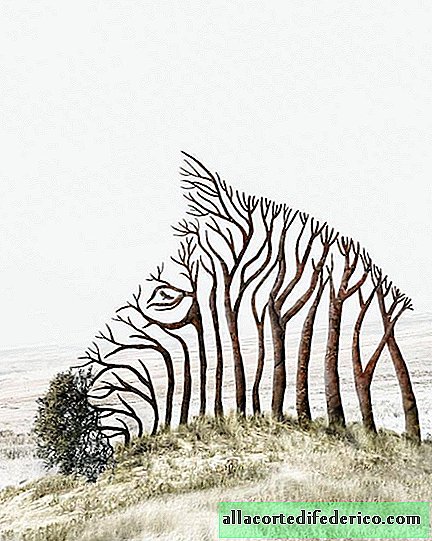The difficulties of the highest railway
Qinghai-Tibet Railway is the highest in the world - it reaches a mark above 5 km above sea level. The creation of this road was a complex and lengthy project for modern China (and China in the middle of the 20th century simply could not afford such a construction).

What is so complicated? Why was the construction of this railway line delayed by the communist government for half a century? And how were these difficulties finally resolved?
Here is a map of the railway from Xining to Lhasa. China had plans to extend this strategically important line back in the 1950s, but then attempts failed miserably and work had to be postponed. The line is almost 2000 km long, but a substantial part (from Xining to Golmud) was launched back in 1984. But this section of the route did not present any particular difficulties, since it did not pass along the Tibetan plateau - a mountain plateau located at a level above 4000 meters. The construction of the final stretch to Lhasa required all the industrial and scientific power of China in the 21st century.

The main problem of construction on the Tibetan Plateau is that it all rests on the permafrost layer, but is covered with many meters of the "active layer". In winter, everything is frozen here ...

... but in summer the topsoil thaws and turns into a marshy slurry, on which it is impossible to build anything.

After many attempts, they decided to find a way to get rid of the active layer altogether. Dig to permafrost? That is exactly what Ferdinand Marie, Viscount de Lesseps would probably do in the 19th century. But it is too expensive and time consuming even for China. Then scientists came up with a different approach: what if we make it so that the active layer ceases to be active. Or rather, that he stopped thawing.
But it is easy to say. How to cool the earth under a huge length of railroad tracks? The Chinese noticed that piles of medium-sized stones, between which the wind is capable of blowing, make the ground beneath them colder. They suggested making an embankment of such stones. She sucks heat out of the ground, preventing her from warming up.

Stones fall asleep in cement structures like these so that they do not crumble across the plain.

In some places near the railway lies sand. Such moments are dangerous: the wind brings sand into the embankment, where it fills the cracks, canceling the cooling effect of the structure. To avoid this, the engineers set up nets that catch sand in places where sand dunes lie.

In addition, the soil is strengthened with "cobblestones" of cobblestones, they must hold the soil and stop the sand.

Here, even through the snow, the structure of a rectangular protective net is visible.

But it happens that they put in several layers these fences that protect against winds.

True, here, on the Tibetan plateau, nothing lasts forever, and rain and wind destroy these protective structures.

There are places where an embankment of stones does not sufficiently cool the earth on which it lies. In such places, Chinese scientists came up with the use of special thermosiphons - pipes that without electricity can cool everything they come into contact with. Such siphons are installed on the most problematic sections of the path.

And in places where absolutely no cooling would work, the Chinese still had to dig down. On such stretches, the railway tracks run along the overpass on piles driven deep into the ground.

For the sake of cost savings, China built only one railway line in Tibet, and it was extremely important that the two trains going in different directions did not collide (there are special pieces of double tracks for traveling). All this is done with the help of satellite signals, but in order for them to work, towers with electricity are needed. These are the ones that constantly flickered outside our window. They receive current from solar panels and from wind generators installed next to them.




